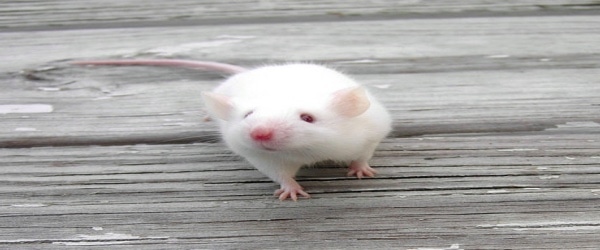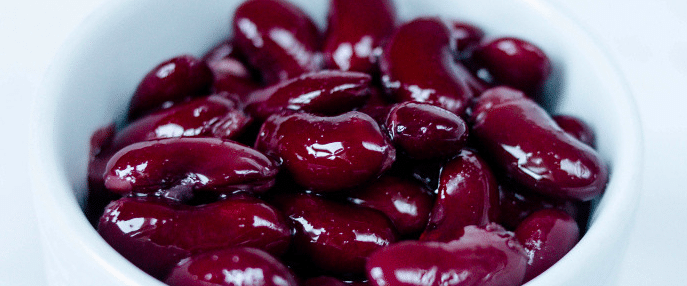Cleaning the lab is one of the hardest jobs because it’s dull and repetitive. However, nobody in their sound scientific mind would argue that this can be avoided. Dust accumulates bugs, bacteriophages, and RNAses that can stray into your experiment and ruin it. Old boxes piling up is a fire hazard. Anybody who refuses to clean their lab will have a short scientific career indeed.
A greenhouse may seem to require less stringent control than a lab. You have a sanctioned dirt called soil, so what can be more hazardous than that, right? Wrong. Greenhouses may seem like one step from field trip but, in fact, it’s a laboratory – just with different rules.
General Clean
Just as your lab requires periodical scrubbing when everybody dons their Gilson gloves and picks up sponges, your greenhouse requires a grand “spring clean” even more. It shouldn’t necessarily be in the spring; in fact, late November is probably the best for greenhouse maintenance as the volume of growing shrinks in winter, and people start disappearing from the lab at the beginning of December.
Just as in the lab, clean all the surfaces using disinfectants in the greenhouse, not forgetting under the benches. In the greenhouse, this will include glass walls. Make sure that all the panes are not cracked. Identify and replace damaged seals. Make sure that the ventilation and temperature controls are working.
Quarantine New Material
The bacterial or cell cultures in the lab are usually monocultures. Easy to set up, to maintain, detect contamination, and discard. In the greenhouse, each experiment is a complex ecosystem of plants, associated microbes, and fungi at their surface and in the soil. It’s complex but far from the resilience of real ecosystems. Introducing one new species can upset the balance and ruin experiments even if the species is harmless. Imagine what happens if you introduce a bug
It’s important to use only trusted suppliers for any new things you introduce into a greenhouse, especially plants and soil as they may contain harmful insects, bacteria, and weed seeds.
It’s a bad idea try to bring in plants from mass commercial growers, as the standards of plant care are lower due to the high volume of plants. It is most likely that the epidemics that devastate Italian olives originated from South American ornamental plants.1
Follow Health and Safety Regulations
Because you are working with live organisms, you need to know and implement health and safety regulations apply to your experiments, especially if you work with GMO.
- All new plants and soil should be kept in a specially designated area separate from established experiments.
- Tools and containers such as plant pots should be thoroughly washed with detergent after use.
- All experimental waste material should be disposed of through designated biohazard route.
Learn What Other People Do
Most likely, you will share a big greenhouse with other people. It’s a good idea to learn what they do. If you discover strange spots on the leaves of your experimental plant, you may quickly hypothesize that it is Pseudomonas contamination that escaped from two benches over because the undergrads don’t wash their hands often enough.
Sustainability
As scientists, we have a responsibility to introduce and maintain the best practices in sustainability. Unless your research topic has something to do with marshes, there’s no need to use peat-based compost, because peat is a natural resource and excavating it damages the environment.
Water and electricity use should be kept to a reasonable minimum. There’s no point to keeping the greenhouse lights on over Christmas holidays or any other time between the experiments.
In general gardening, there is a trend of replacing black plastic pots made from high-density polyethylene (HDPE) or polypropylene that are impossible to recycle with green pots made from similar material but recyclable. Give green pots a trial.
In the end, if you maintain your greenhouse to a high standard, you will increase the chances of your – and everybody else’s – experiments working as designed.
Sources:
- Marcellett and Scortichini M. (2016) Xylella fastidiosa CoDiRO strain associated with the olive quick decline syndrome in southern Italy belongs to a clonal complex of the subspecies pauca that evolved in Central America. Microbiology, 162, 2087–2098







